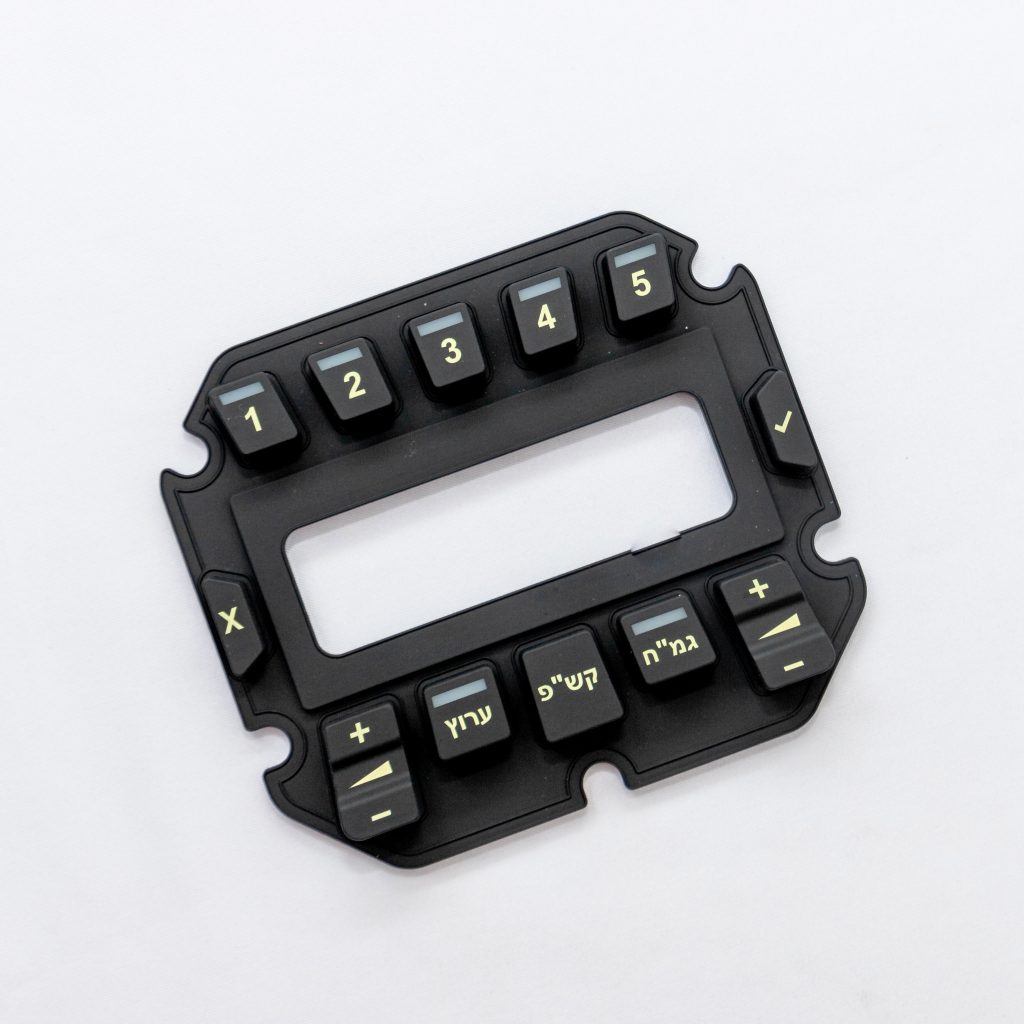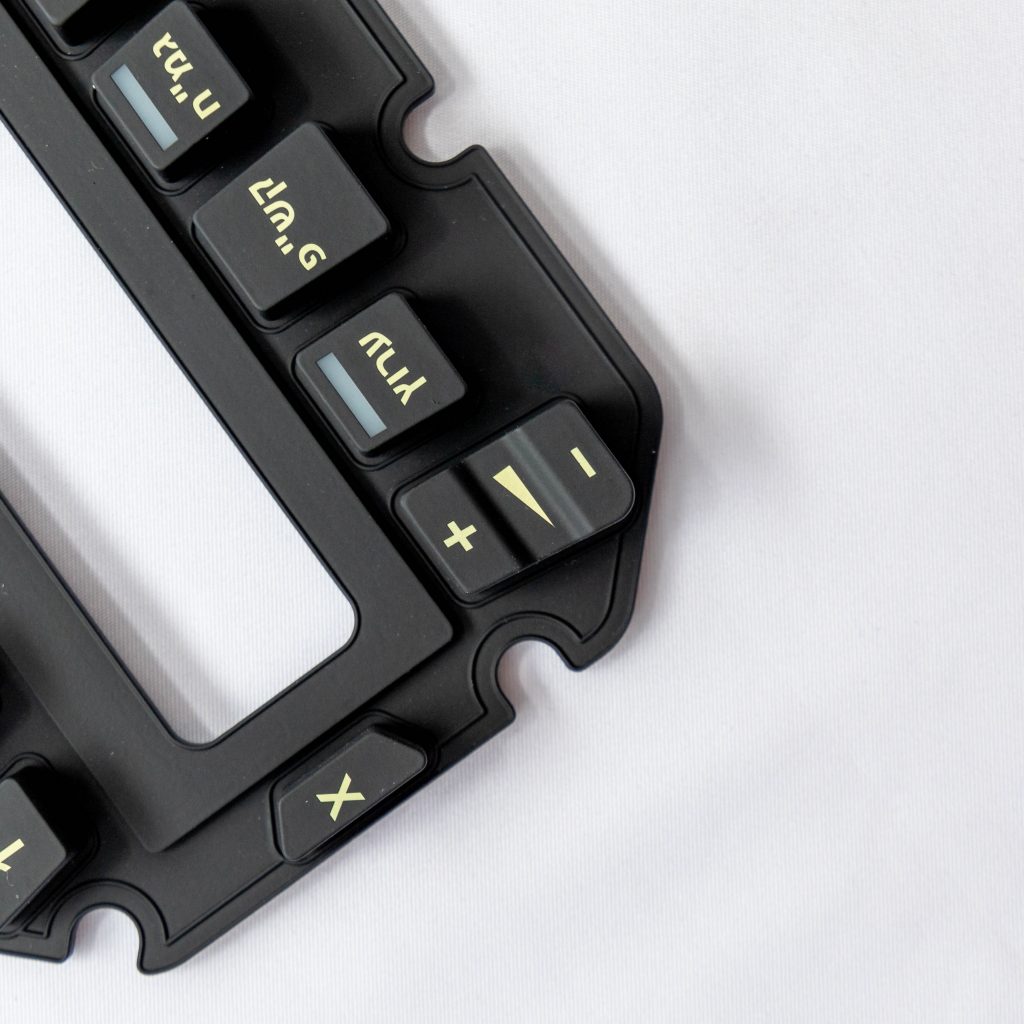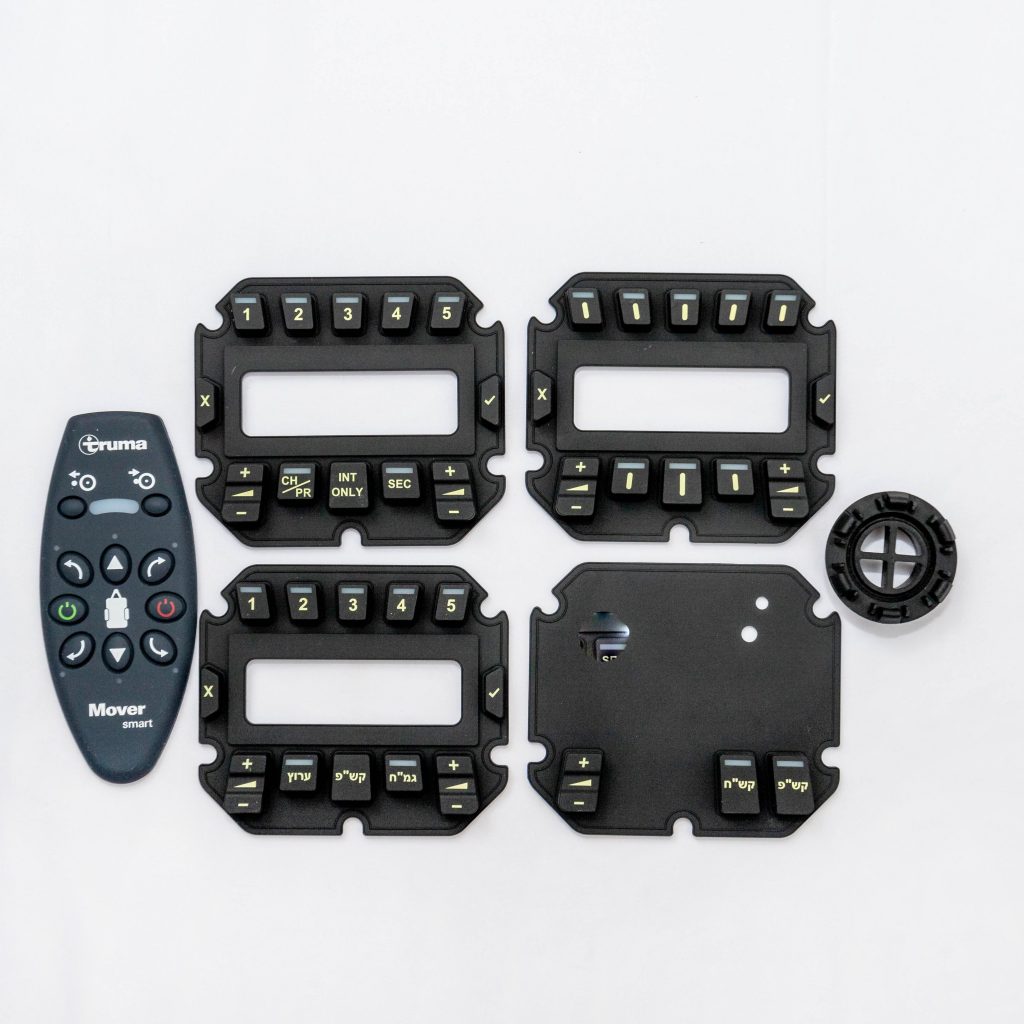Contact
Write to Us And We Would Be Happy to Advise You.
Do you have any questions, or would you like to speak directly with a representative?
By hqt
Silicone rubber keypads are an essential component in various electronic devices, providing users with a tactile interface for inputting commands and navigating through menus. The feel of a silicone rubber keypad plays a crucial role in user satisfaction and overall user experience. In this article, we will explore different aspects of silicone rubber keypads and delve into the question, “How do you want your silicone rubber keypad to feel?” We will discuss the various factors that contribute to the tactile feel of keypads and provide insights on choosing the right keypad for your specific needs.



Material Composition: The Foundation of Tactility
The material composition of silicone rubber keypads significantly impacts their feel and tactile response. The choice of materials, such as silicone polymers, fillers, and additives, determines the overall softness, durability, and responsiveness of the keypad. Manufacturers often utilize a combination of these elements to achieve the desired tactile properties.
Silicone polymers, known for their excellent elasticity and durability, form the base of silicone rubber keypads. By adjusting the hardness of the polymer, manufacturers can control the keypad’s overall firmness and softness, directly influencing the user’s perception of the keypad’s feel.
Actuation Force: Striking the Right Balance
Actuation force refers to the amount of pressure required to activate a key on the silicone rubber keypad. It plays a vital role in determining the keypad’s responsiveness and the level of effort a user needs to exert for input. The actuation force can vary from keypad to keypad, and finding the right balance is crucial for an optimal user experience.
A keypad with a higher actuation force may provide a satisfying click or tactile feedback, mimicking traditional mechanical keyboards. On the other hand, a lower actuation force reduces the effort required for key activation, resulting in a smoother and quieter typing experience. Finding the ideal actuation force depends on the specific application and user preferences.
Key Travel: Finding the Sweet Spot
Key travel refers to the distance a key travels when pressed down until it reaches its actuation point. It determines the keystroke depth and provides feedback to the user. The key travel directly influences the feel of the silicone rubber keypad.
A shallow key travel offers a more responsive and snappy feel, suitable for applications that require quick typing or input. In contrast, a deeper key travel gives a more substantial and satisfying keystroke, resembling the experience of traditional mechanical keyboards. Choosing the right key travel depends on the user’s preference and the intended use of the keypad.
Soft and Cushioned: A Gentle Touch
A silicone rubber keypad with a soft and cushioned feel provides a gentle touch, making it ideal for applications that prioritize comfort and reduced finger fatigue. The keys have a slight give and offer a plush sensation when pressed. This type of keypad is commonly used in consumer electronics like remote controls, game controllers, and medical devices where extended use is expected.
The soft and cushioned feel promotes a more relaxed and effortless typing experience, allowing users to navigate through menus and perform repetitive tasks with ease. The keys’ responsiveness may be slightly muted compared to other types of keypads, but the trade-off in comfort makes it a popular choice among users.
Clicky and Tactile: Precision and Feedback
For those who crave a more tactile typing experience, a clicky and tactile silicone rubber keypad is the way to go. This type of keypad offers a distinct clicking sound and a noticeable tactile feedback when a key is pressed. The keys have a higher actuation force and a shorter key travel, providing precise feedback and promoting faster typing speeds.
The clicky and tactile feel is often favored by individuals who require immediate feedback or have a preference for the sensation of traditional mechanical keyboards. It finds applications in devices like industrial control panels, gaming keyboards, and automotive interfaces, where responsiveness and accuracy are paramount.
Silent and Smooth: A Stealthy Experience
In environments where noise is a concern or discretion is desired, a silent and smooth silicone rubber keypad is an excellent choice. These keypads are designed to minimize noise during typing, providing a near-silent experience while maintaining a smooth and responsive feel. The keys have a low actuation force and a shallow key travel, ensuring effortless keystrokes and reduced finger strain.
Silent and smooth keypads are commonly used in applications such as office equipment, POS terminals, and public kiosks, where quiet operation and a comfortable typing experience are crucial. Users appreciate the stealthy typing experience without sacrificing performance or feedback.
Q: Can I customize the feel of a silicone rubber keypad?
A: Yes, silicone rubber keypads can be customized to meet specific tactile requirements. Manufacturers can adjust factors such as the hardness of the silicone, actuation force, and key travel to create a unique feel for your application.
Q: Are silicone rubber keypads durable?
A: Yes, silicone rubber keypads are known for their durability and longevity. The material can withstand harsh environments, resist water and dust ingress, and maintain its tactile properties over an extended period.
Q: Can I get a waterproof silicone rubber keypad?
A: Absolutely! Silicone rubber keypads can be designed with waterproofing features, making them suitable for applications where moisture resistance is essential. The keypads can be sealed and protected against water, dust, and other contaminants.
Q: How can I determine the right feel for my silicone rubber keypad?
A: To determine the ideal feel for your silicone rubber keypad, consider the application, user preferences, and the desired level of tactile feedback. Consulting with a reputable keypad manufacturer can provide valuable insights and assistance in choosing the right options for your specific needs.
Q: Can silicone rubber keypads be backlit?
A: Yes, silicone rubber keypads can be manufactured with backlighting options. By incorporating translucent materials and LED lighting, keypads can be backlit to enhance visibility in low-light conditions or to add an aesthetic element to the device.
Q: What are the advantages of silicone rubber keypads over other types of keypads?
A: Silicone rubber keypads offer several advantages, including durability, flexibility in design, resistance to water and dust, customizable tactile feedback, and the ability to incorporate backlighting. These keypads are highly versatile and find applications in various industries.
The feel of a silicone rubber keypad plays a significant role in user satisfaction and overall user experience. Whether you prefer a soft and cushioned touch, a clicky and tactile feedback, or a silent and smooth typing experience, there is a silicone rubber keypad tailored to your needs. By considering factors such as material composition, actuation force, and key travel, you can choose a keypad that provides the perfect feel for your specific application. Don’t hesitate to consult with a reputable keypad manufacturer to explore the possibilities and find the ideal silicone rubber keypad that meets your requirements.
Do you have any questions, or would you like to speak directly with a representative?